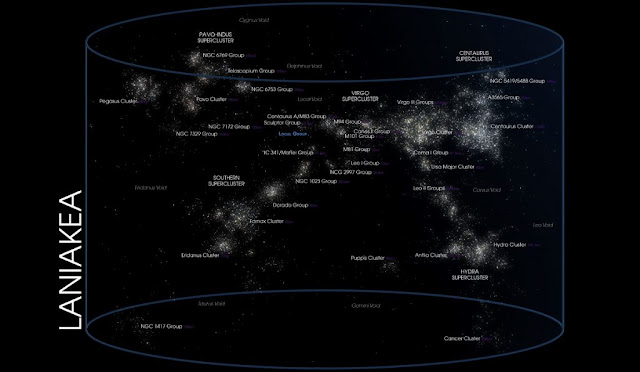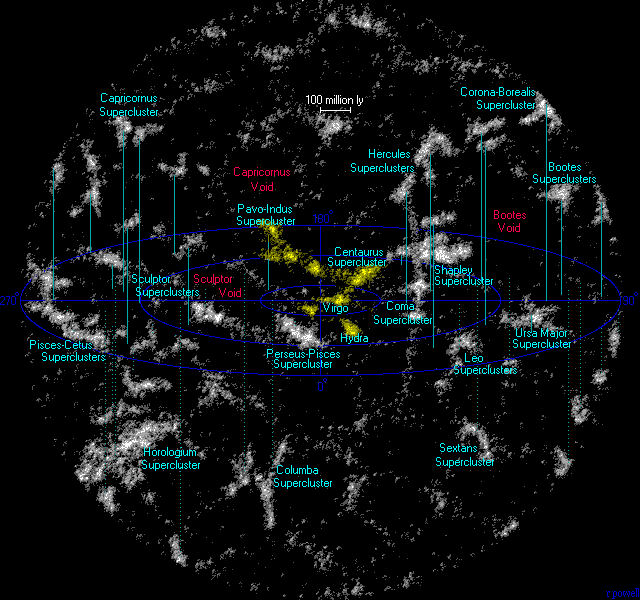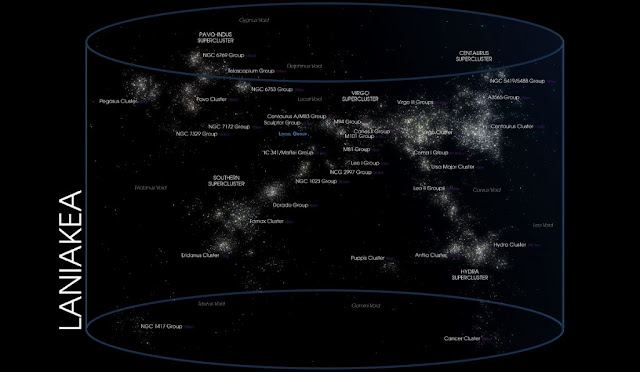An astonishing discovery was made by scientists who mapped 8000 galaxies, a small fraction of the billions that exist.
As we continue to gain knowledge about the universe, our awareness of how little we comprehend about it increases. Despite estimates suggesting that there are roughly 200,000,000,000,000,000 galaxies in the known universe, scientists still haven’t determined the exact number. This is due to the fact that we have only observed a small portion of the universe, and the actual number could be significantly higher. For instance, the Milky Way Galaxy alone contains at least 400 billion stars, each with an inconceivable number of planets orbiting them.
The Milky Way galaxy is a vast expanse, spanning 105,000 light-years or approximately 621,371,000,000,000,000 miles, making it incredibly immense. Consequently, comprehensive mapping of this cosmic entity will require advanced tools and extensive research.
Fortunately, scientists have made headway in understanding the Milky Way’s precise location in space. By gathering data from over 8,000 nearby galaxies, they have begun to unravel the Milky Way’s real plane in space.
Astronomers created a map that illustrates the movement and spatial location of every galaxy, revealing that the Milky Way is part of a colossal assemblage of galaxies known as a supercluster. Through this mapping, they discovered that our galaxy is connected to thousands of other galaxies.

The vast expanse of space known as Laniakea encompasses the Milky Way and other galaxies, stretching 500 million light-years in length and containing approximately 100 billion billion billion stars scattered across 100 billion 150 thousand galaxies. Researchers utilized radio telescopes to track the movements of numerous nearby galaxies, culminating in the discovery of Laniakea.
Derived from the Hawaiian language, the term “laniakea” translates to “immense heaven,” stemming from “lani,” meaning “heaven,” and “kea,” signifying “spacious” or “uncountable.” Recent data indicates that the Laniakea Supercluster spans 160 megaparsecs, encompassing approximately 100,000 galaxies and extending 520 million light-years.
It is made up of four parts that used to be called separate superclusters:

- The Milky Way is located within the Virgo Supercluster.
- Supercluster Hydra-Centaurus
- Laniakea’s core gravitational point, near Norma, is known as the Great Attractor.
- Hydra Supercluster, also known as Antlia Wall.
- Centaurus Supercluster is a supercluster in the constellation Centaurus.
- Supercluster Pavo-Indus.
- The Fornax Cluster (S373), Dorado, and Eridanus clouds are all part of the Southern Supercluster.
Astronomers have concluded that Laniakea is not held together by gravity and will dissipate rather than continue to exist as an overdensity in comparison to its surroundings. This is due to the fact that Laniakea, unlike its constituent clusters, is projected to disintegrate as a result of the effects of dark energy.
Do not forget to share your opinion with us to provide you with the best posts !




0 Comments